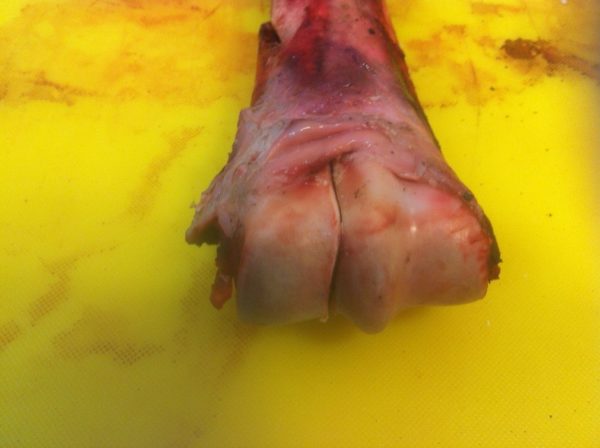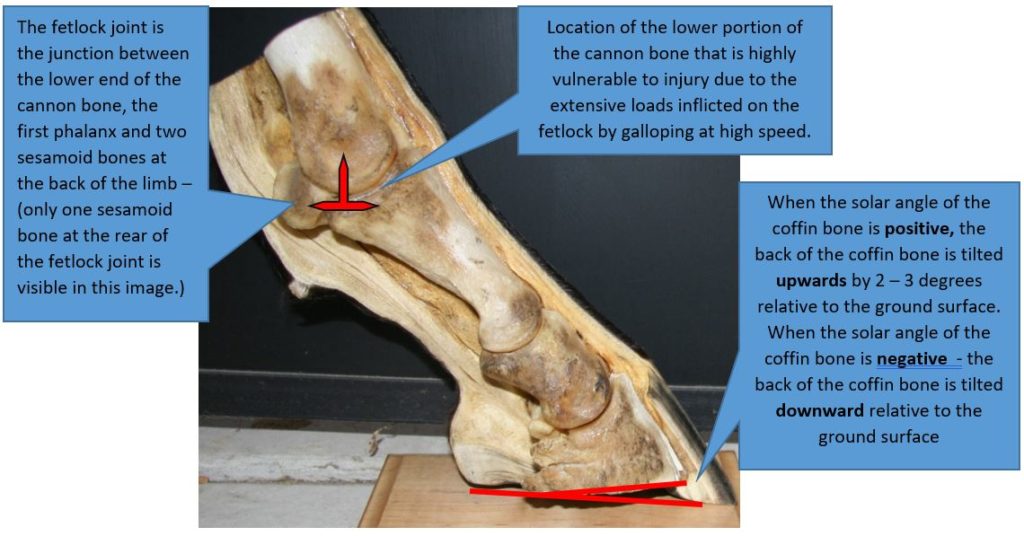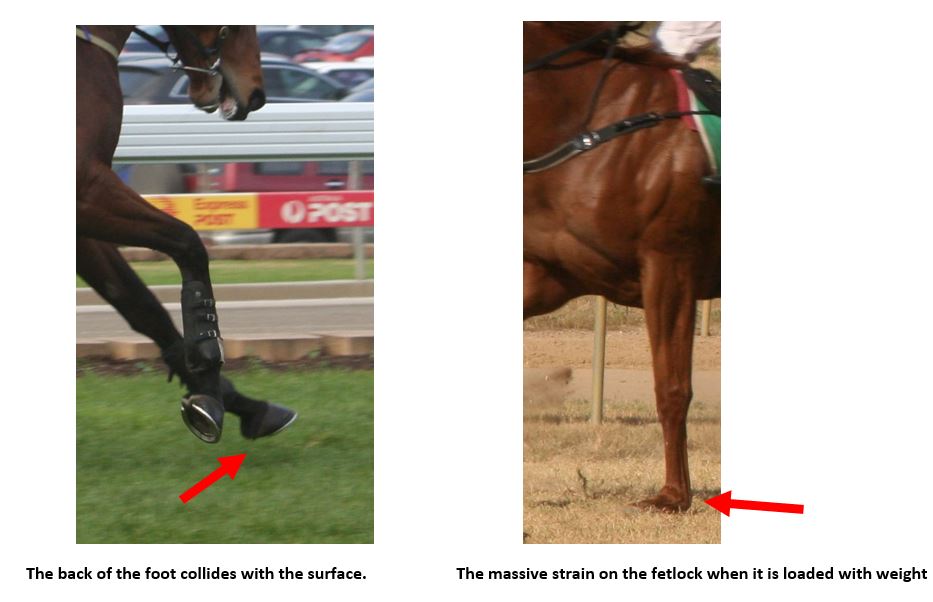There is little doubt that the changing weather is going to have an increasing impact on the ground surfaces of racetracks around Australia and for the capacity of surfaces to dry out and increase in firmness during any race-day.

Tracks rated Good 3 or worse have been identified as a significant risk factor for catastrophic limb injuries to racehorses that result in euthanasia of the horse. The magnitude of ground reaction forces when the foot collides with the surface increases with hard tracks which may increase injuries to bone.
See video demonstrating the testing of a racetrack in the USA with a penetrometer here.
Racing Victoria has been criticised by both Michelle Payne and Darren Weir over the suffering hard tracks inflict on horses. Coming from a trainer who was found guilty of electrically shocking horses and a jockey who was also potentially complicit we don’t assume their concern is for the horses but more for their careers, but… we digress.
Racing Victoria has recently changed its policy to present tracks with more “give” in them.
“As part of the review, the ATA conducted detailed research with trainers and 85% of those surveyed indicated that they would like softer tracks presented in the best interests of their horses. This aligned with veterinary research which affirms that the risk of injuries increases with an increased firmness of tracks.”
“The response from our members was loud and clear that they wanted more give in our tracks to help them manage their horses through their racing campaigns, particularly in the days following a race.”
Article here.
However, Racing NSW does not appear to consider racing on hard tracks cruel to horses.
At Coonamble on 23 June, 2019, the track was rated as Good 3/Firm 2. The riders of Palais De Louvre, Harmonica, Toulon Brook, Modern Family and Just a Bullet all reported to stewards after the race that the horses did not appreciate the firm track conditions. Toulin Brook and Just a Bullet both pulled up lame (1/5) in both forelegs and Charlotte’s Heart pulled up lame (1/5) in the off foreleg.
Stewards report here
Bone fatigue is a process that results in chronic damage accumulation in a joint due to repeated high-speed work that can result in a catastrophic fracture and the death of a horse. Bone is a complex tissue that is able to adapt to loads and repair itself naturally (termed bone remodelling) however, in general racehorses in training have lower rates of remodelling compared with horses at rest. In other words, bone repair is suppressed in horses in race training compared with horses resting from training. The highest joint loads occur in the fetlock which is also the most common site of subchondral bone (bone underlying the cartilage) injury in Thoroughbred racehorses. The degree of damage to the fetlocks of racehorses that has been documented by scientists is horrifying.
“Up to 70% of Thoroughbred racehorses have bone bruising, or joint surface collapse of the cannon bone and condylar fractures which propagate from this joint surface are the most common cause of fatal breakdown injuries. These injuries are due to bone fatigue, damage that accumulates due to repeated high loading produced by high-speed galloping.”
Read the study here.

Scientists have recently found that the solar angle of the coffin bone in the foot of the horse is associated with scintigraphic evidence of subchondral bone injury in the distal cannon-bones of Thoroughbred racehorses that forms part of the fetlock joint. This is commonly due to incorrect hoof conformation that causes chronic hoof imbalance such as long toes/low, underrun heels that are often associated with poor integrity/development of the soft tissues of the back of the foot.

In a radio interview, Assoc. Professor Chris Whitton, head of research studies into bone fatigue at Melbourne University Equine Centre stated:
- There’s always variation between individuals but there are some characteristic sites where we see injury. The fetlock being a really common one where we get a lot of serious injuries.
- Low heels are associated with fetlock injuries. The balance of the foot affects the loads in the lower joints. Typically sites that have the highest loads suffer injury.
- Balancing a training programme to rest periods is crucial.
- Maintain foot balance and avoid giving horses medication to mask pain.

Another important study ‘Bone fatigue and its implications for injuries in racehorses’ can be read here.
Racing NSW pays lucrative prizemoney back to 10th place to its participants. E.g. At a mid-week meeting at Hawkesbury, horses who finished 10th received $1,000 prizemoney – see here. There is no doubt that this prizemoney provides a strong incentive for trainers and owners to race horses more often.
It is clear that Racing NSW did not base its new rule in regard to Frequency of Starts on Australian scientific research into racehorses, and that the welfare of the racehorse is not paramount to Racing NSW:
(1) No horse shall be permitted to start in a race on more than five (5) occasions during any thirty (30) day period.
(2) In any thirty (30) day period, a horse is only permitted on one (1) occasion, to start in a race that results in the horse starting in two races that are two (2) Clear Days or less than apart.
(3) A two-year-old shall not be permitted to start in a race on consecutive days.
The local rule can be read here.
No matter where you look in horse racing, there is suffering being inflicted onto horses. From the very track conditions on which they are forced to race, through to the slaughterhouses that kill them and the abundance of horrors in between.


Leave a Reply